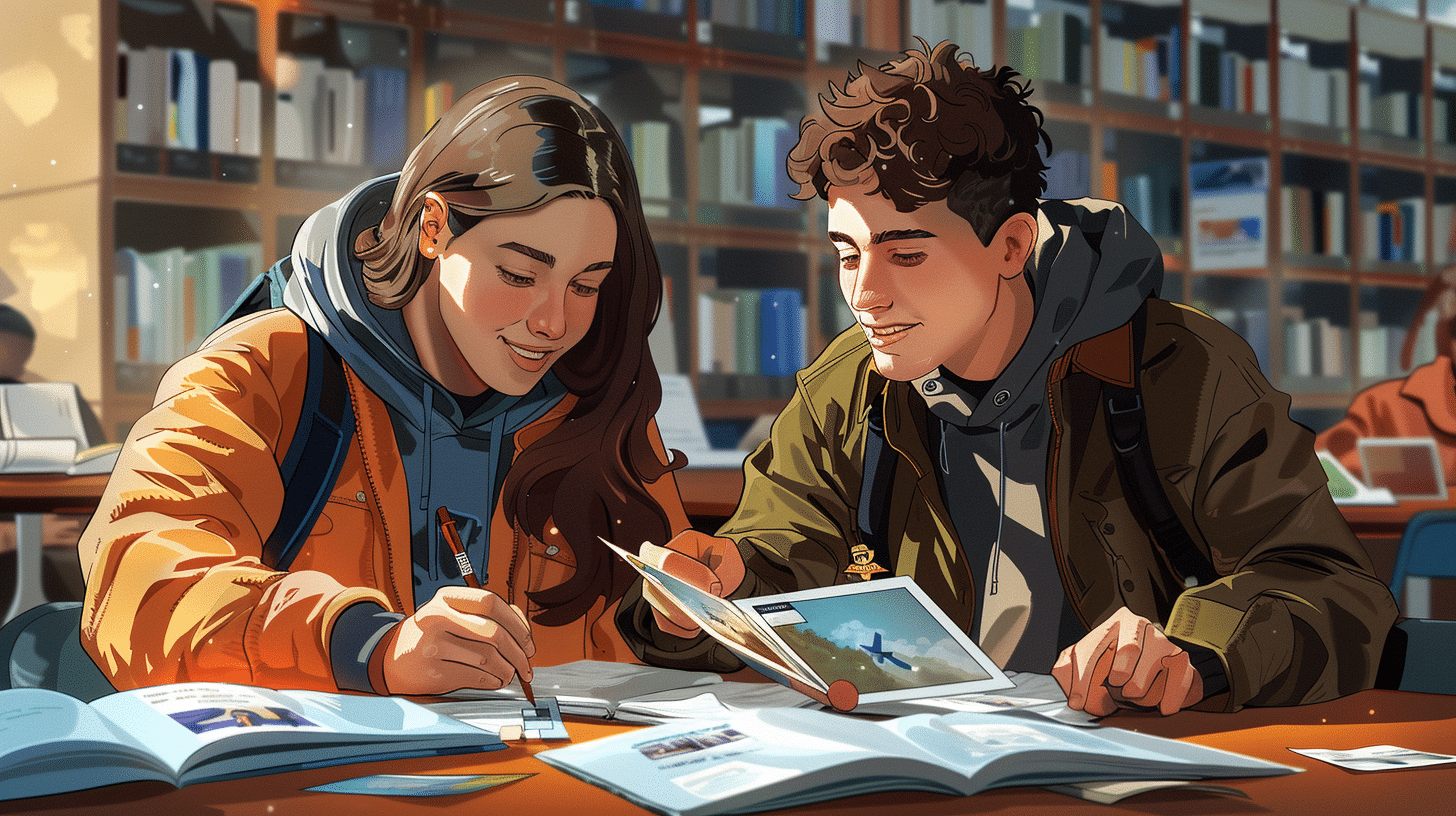Learning a new language often involves exploring diverse aspects of the culture associated with that language. Music and art are integral parts of Chinese culture, and understanding vocabulary related to these fields can enhance your learning experience. Here, we delve into some essential Chinese vocabulary related to music and art, providing you with a deeper understanding of these cultural facets.
音乐 (yīnyuè) – Music
这个音乐会非常成功。
This term refers to music in general, a form of art that expresses ideas and emotions in significant forms through the elements of rhythm, melody, harmony, and color.
画 (huà) – Painting/Drawing
他喜欢画山水画。
This word is used to describe both the act of painting and the painting itself. It can refer to anything from a portrait to a landscape painting.
艺术 (yìshù) – Art
艺术可以表达情感和思想。
Art in Chinese encompasses a wide range of human activities in creating visual, auditory, or performed artifacts, expressing the author’s imaginative or technical skill.
乐器 (yuèqì) – Musical instrument
他会弹很多种乐器。
This term is used to refer to instruments that are used to produce music. It could be anything from traditional Chinese instruments like the guzheng to Western instruments like the piano.
雕塑 (diāosù) – Sculpture
公园里有一个新的雕塑。
This word refers to the art of making two- or three-dimensional representative or abstract forms, especially by carving stone or wood or by casting metal or plaster.
舞蹈 (wǔdǎo) – Dance
她的舞蹈很有表现力。
This term refers to the movement of the body in a rhythmic way, usually to music and within a given space, for the purpose of expressing an idea or emotion, releasing energy, or simply taking delight in the movement itself.
剧院 (jùyuàn) – Theater
我们在剧院看了一场戏。
A theater is a building or outdoor area in which plays and other dramatic performances are given. The term can also be extended to the company of players itself.
摄影 (shèyǐng) – Photography
摄影是他的爱好。
Photography in Chinese is literally “the art of capturing light,” with ‘摄’ meaning ‘to capture’ and ‘影’ meaning ‘shadow’ or ‘image.’
合唱团 (héchàngtuán) – Choir
合唱团在教堂里演出。
A choir is a musical ensemble of singers. Choral music, in turn, is the music written specifically for such an ensemble to perform.
展览 (zhǎnlǎn) – Exhibition
这个画展览很受欢迎。
An exhibition in Chinese refers to a public display of works of art or items of interest, held in an art gallery or museum or at a trade fair.
陶瓷 (táocí) – Ceramics
她喜欢制作陶瓷艺术品。
Ceramics refers to objects made from clay and hardened by heat. It encompasses both artistic and practical pieces, such as sculptures and dishes.
指挥 (zhǐhuī) – Conductor (of an orchestra)
指挥家正在指挥交响乐。
A conductor in a musical context directs the performance of an orchestra or choir. The term can also mean to lead or command in general.
文艺复兴 (wényì fùxīng) – Renaissance
文艺复兴时期有许多伟大的艺术家。
The Renaissance, which means ‘rebirth’ in French, refers to the period in Europe from the 14th to the 17th century when art, literature, science, and ideas flourished.
抽象艺术 (chōuxiàng yìshù) – Abstract art
他的作品主要是抽象艺术。
Abstract art uses shapes, colors, forms, and gestural marks to achieve its effect rather than depicting objects from the real world directly.
民谣 (mínyáo) – Folk music
这首民谣非常动听。
Folk music in Chinese refers to the music that originates in traditional popular culture or that is written in such a style. It is typically passed down through generations by oral tradition.
版画 (bǎnhuà) – Printmaking
他在学习版画技术。
Printmaking is the process of making artworks by printing, normally on paper. Printmaking techniques include woodcuts, etching, and lithography among others.
By familiarizing yourself with these terms, you not only enhance your vocabulary but also deepen your appreciation of Chinese culture. As you continue your studies, try to use these words in conversations or writing to reinforce your learning.







